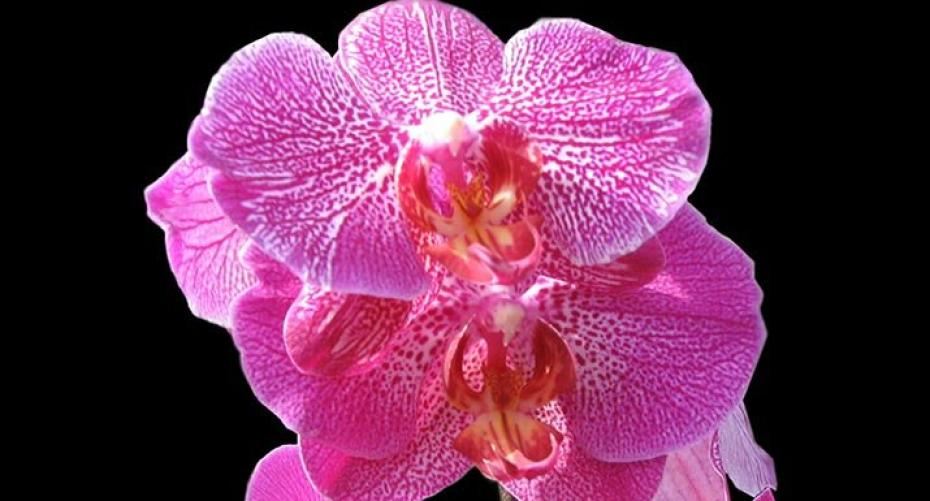Keep your orchid happy and healthy with this easy to follow guide
Phalaenopsis, or Moth Orchid, are the orchids commonly available in supermarkets. They are epiphytic which means that they live up in the forest canopy by wrapping their roots around tree branches. They live in the tropics and flower in the wet season which means they will receive a deluge of warm rain every morning which will dry up in the hot sun. In the dry season they will still receive moisture from the early morning mists. They don’t actually need to be planted in compost and are only planted in a chipped bark medium for stability. The bark doesn’t hold onto any moisture as the orchid does not want to sit in wet compost, this will only rot the roots. More harm can be done by over watering than by under watering.
Wait until the roots are silver grey before watering, if there is a slight touch of green it doesn’t need watering. We are always asked how often it will need watering and this is almost impossible to answer as it depends upon the conditions in your home. If the room is warm it will need watering more often than one in a cool position; the only way is to check the roots.
Always water the orchid by dipping the pot in tepid water, up to the rim, for about 20 – 30 seconds. The roots will go green before your eyes. Wait for the excess water to drain away before putting it back into its decorative pot. Don’t water it by pouring water into the top, as it just runs straight through, or by standing the pot in a saucer of water as the bark does not have the same abilities as compost, which can draw up the water.
Occasionally mist the orchid in summer, with tepid water, in the morning then the water has time to evaporate before temperatures cool in the evening.
Every other time you water your orchid, feed it with a bloom fertiliser made up to the manufacturers recommended dosage. Make a solution up and keep it in something like a 4ltr ice-cream container so that it can be used several times. When there is a lot of debris in the solution throw it away and make up a new batch. Only ever use a bloom feed, you never need a growth feed or a balanced fertiliser. Use the fertiliser which you make up into a solution and dip the plant in as you would when watering it; we don't recommend the drip feeders as they just drip the food straight through the chipped bark. There are mist sprays available which you would use occasionally on the foliage to give it a little boost.


